
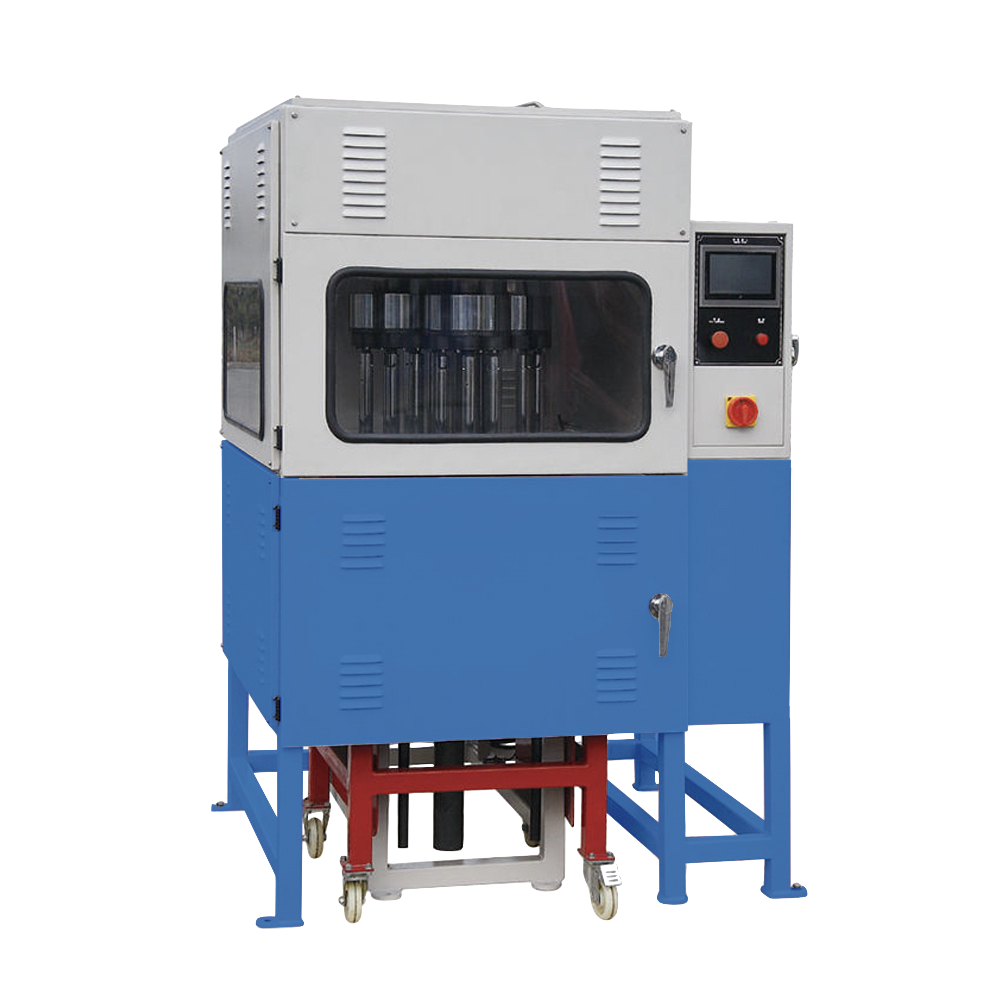
Drag finishing is a type of surface finishing process that uses abrasive media to polish and smooth the surface of parts and components. This process is also known as drag grinding, abrasive flow machining, or surface grinding.
The drag finishing process involves immersing parts in a container filled with abrasive media and a liquid compound. The container is rotated at high speeds, causing the media to flow and circulate around the parts. The parts are dragged through the media bed by a series of rotating paddles or drag arms, which causes the abrasive particles to come into contact with the parts' surface.
As the parts move through the media bed, the abrasive particles remove any surface imperfections or burrs and create a smooth, polished surface. The liquid compound helps to provide lubrication, reduce heat buildup, and control the chemical reaction with the parts being polished. The liquid also flushes away any debris or residue produced during the polishing process, leaving a clean surface.
The benefits of drag finishing include improved surface finish, increased part lifespan, reduced friction, and improved product aesthetics.
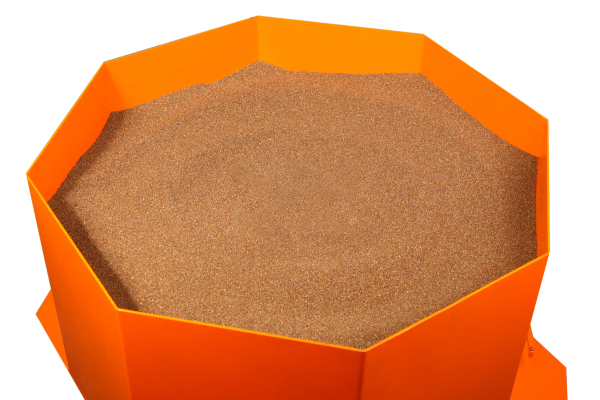
Drag finishing is a highly effective and efficient surface finishing process that offers numerous benefits over other types of finishing methods.
Drag finishing machines can provide highly consistent and precise finishes on parts and components. This is because the abrasive media is circulated evenly around the parts, ensuring that all areas of the surface are polished uniformly. This helps to reduce variation in surface finish and improve overall quality. Because the abrasive media is constantly flowing around the parts, drag finishers can remove material quickly and efficiently, reducing the time required for surface finishing. This can lead to increased productivity and reduced manufacturing costs.
Also, drag finishing machines can be used to polish a wide range of parts and components made from various materials, including metals, plastics, ceramics, and composites. They can produce high-quality surface finishes that are free of burrs, scratches, and other imperfections. This can help to improve the functionality, reliability, and aesthetics of the finished product.
For productivity, drag polishers can process multiple parts at once and require minimal operator intervention, they can help to reduce labor costs and improve overall efficiency. The liquid compounds we used are designed to be environmentally friendly and safe for operators.
In summary, drag finishing machines offer a range of benefits over other surface finishing methods, and these benefits make them an ideal choice for a wide range of industries and applications.
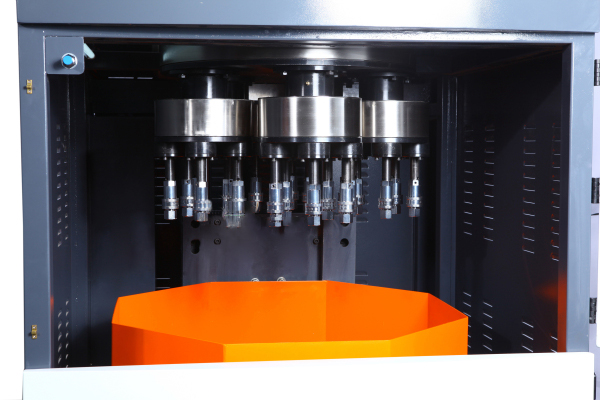
Automotive: Engine parts, transmission components, and other automotive parts. For example, engine blocks, cylinder heads, camshafts, connecting rods, crankshafts, pistons, gears, and other transmission components.
Aerospace: Drag finishing machines are used to polish aerospace components such as turbine blades, compressor blades, gear components, bearings, and other critical components used in aircraft engines, landing gears, and other systems.
Medical: To polish medical implants, surgical instruments, and other medical components such as hip implants, knee implants, dental implants, spinal implants, and other surgical implants, as well as surgical instruments and other medical components. This is important to reduce the risk of infection, improve the biocompatibility of the components, and enhance their visual appeal.
Jewelry: This helps to improve their aesthetic appeal, enhance their luster, and remove any surface imperfections. Such as rings, bracelets, necklaces, earrings, and other jewelry items made from precious metals such as gold, silver, platinum, and titanium.
Electronics: To improve their conductivity and reduce the risk of corrosion. Drag finishing machines can polish connectors, contacts, switches, and other electronic components used in various devices such as smartphones, laptops, and other electronics.
Precision manufacturing: To produce high-quality surface finishes on parts and components. In various industries such as the semiconductor industry, the optics industry, and the aerospace industry, including gears, bearings, nozzles, valves, and other precision parts. This is important for improving the accuracy and reliability of these parts and reducing the risk of defects or failures.
In each of these industries, drag finishing machines can be used to polish the surface of these parts and components to a high degree of precision, consistency, and uniformity.
Tips for Choosing the Right Grinding Drag Finishing Machine
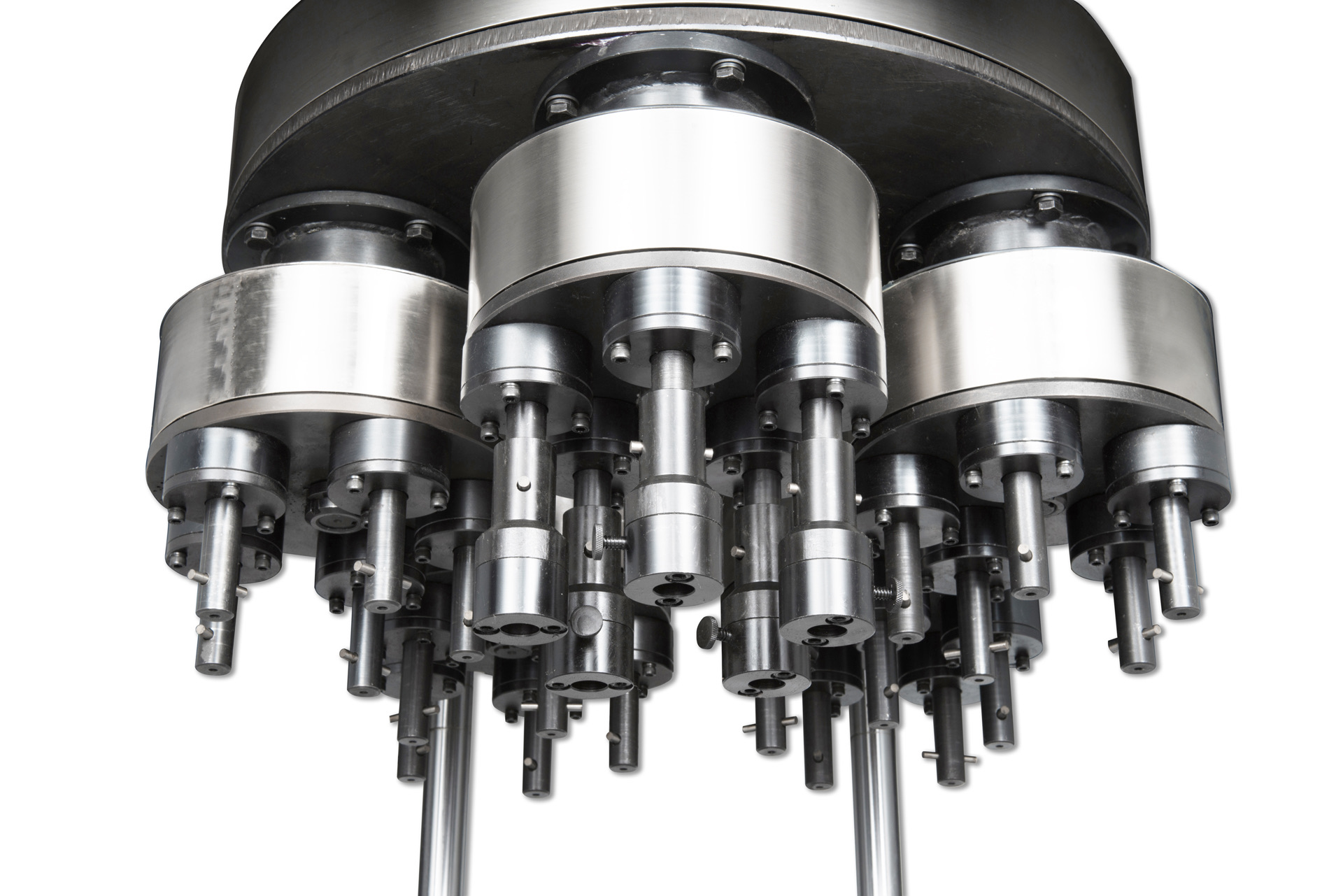
There are several factors to consider to ensure you choose the right drag finishing machine for your needs.
Machine size: The size of the machine you choose will depend on the size of the parts you need to polish. Make sure the machine can accommodate the size and quantity of parts you need to process. Drags can be customized for your request.
Compatibility with different parts: Make sure the machine can process your parts, including those special parts with complex shapes, angles, and sizes.
Ease of use and maintenance: Our drag polishing machine is easy to operate and maintain. It is easy to access the work area, simple to change media, and easy to clean the machine.
Cost: Mass Polishing Drag Finishing Machine provides a good balance of cost and quality, and that will provide a good return on your investment.
By considering these factors when choosing a drag finishing machine, you'll be able to select a machine that meets your specific needs and helps you achieve the desired finish on your parts.
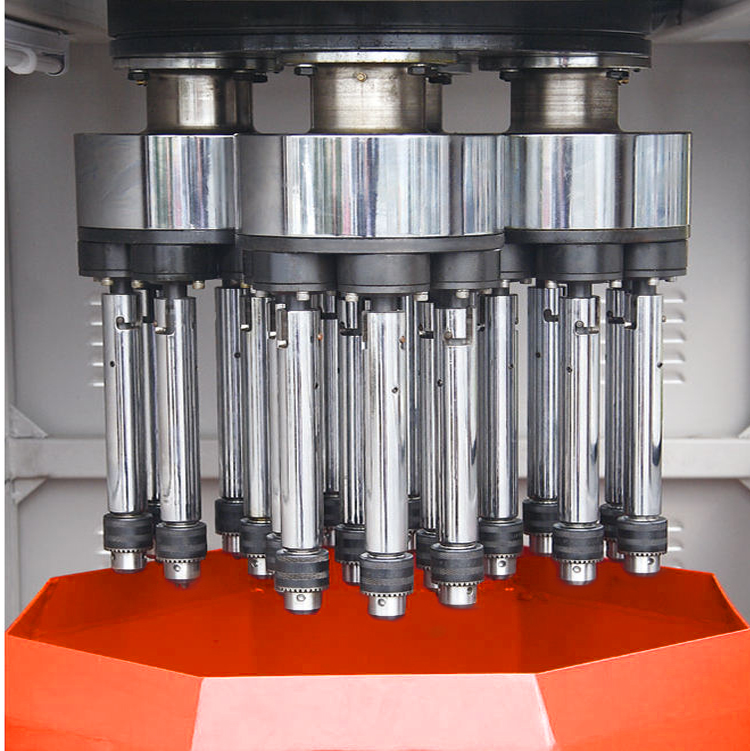
Our customer, a medical device manufacturer needed a way to achieve a consistent and precise surface finish on their stainless steel components, which were critical to the performance of their medical devices. The traditional finishing process they were using was time-consuming and often resulted in inconsistent finishes, affecting the quality of their products.
After implementing a Mass Polishing drag finishing machine, they were able to achieve the desired finish on their parts consistently and efficiently. The drag finishing process provided a more controlled and uniform finish than traditional methods, and the machine's automation allowed for faster processing times.
Our drag finishing machine provided a more efficient, consistent, and precise finishing process compared to traditional methods. This allowed our customers to improve their manufacturing processes, reduce cycle times, and ultimately improve their bottom line.
Clean the machine regularly: Regularly cleaning the machine helps to prevent debris and media buildup, which can affect the performance of the machine. Use a soft cloth or brush to remove any debris or media buildup from the machine's interior and exterior surfaces.
Lubricate moving parts: Lubricate the moving parts of the machine regularly to prevent wear and tear and ensure smooth operation.
Check media: Ensure that the finishing media levels are maintained at the recommended levels.
Inspect machine components: Regularly inspect the machine's components, such as belts, bearings, and motors, for wear and tear. Replace any worn or damaged components immediately.
Noisy operation: Check the machine's bearings, belts, and motors for wear and tear.
Machine not starting: Check the power supply and ensure that the machine is properly grounded. Also, check the machine's safety features, such as the emergency stop button, to ensure they are not engaged.
Machine overheating: Check the machine's cooling system, such as the fan or water circulation system. Also, ensure that the machine is not overloaded with parts or media.
Regular maintenance and troubleshooting can also help to extend the life of your machine and prevent costly downtime.
In the end, drag finishing is a highly effective and efficient process for achieving high-quality surface finishes on a variety of materials. Its ability to handle complex shapes and delicate parts, as well as its versatility in terms of the range of materials it can work with, make it an ideal choice for many industries. Whether you're looking to improve the surface finish of precision components or want to achieve a specific texture or appearance on your products, a drag finishing machine can help you achieve your goals. So, if you're looking to improve your manufacturing processes and increase your product quality, consider incorporating drag finishing with Mass Polishing into your operations.